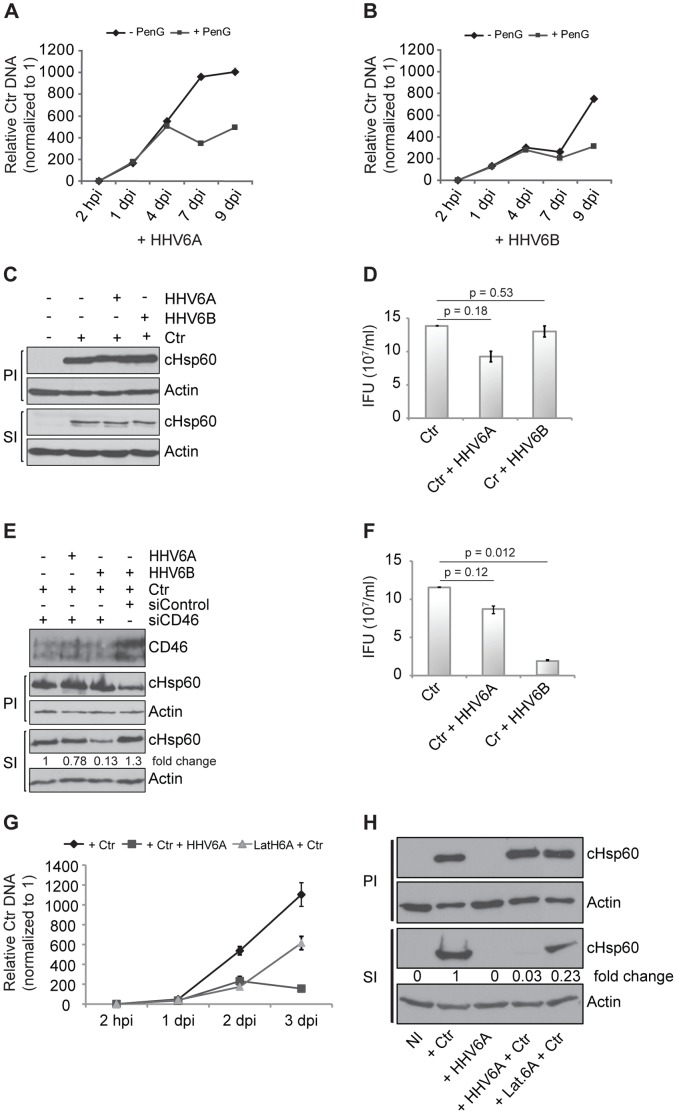Figure 2. HHV6-mediated chlamydial persistence differs from other forms of chlamydial persistence and depends on viral entry.
(A,B) HHV6-mediated chlamydial persistence differs from that induced by Penicillin G. HeLa cells were co-infected with Chlamydia and HHV6A (A) or HHV6B (B) for different time intervals in the absence (-PenG) or presence of 10 U/ml of Penicillin G (+PenG). Chlamydial DNA was quantified by qPCR using a primer set against chlamydial ORF LcrH/SycD and normalization against 5S rDNA. Data represent the mean ± SEM of three independent infection experiments. (C,D) CHO cells do not permit HHV6-mediated chlamydial persistence. Infectivity assays were performed in CHO cells using both HHV6A and HHV6B and analyzed by Western blot (C) or inclusion counting after staining the chlamydial inclusions with an antibody against cHsp60 and Cy2-labeled secondary antibody (D). Statistical analysis was based on the Student t-test, and p>0.05 was considered as insignificant. IFU, inclusion forming units. (E,F) Silencing of CD46 prevents HHV6A-mediated chlamydial persistence, but not that of HHV6B. Human CD46 was silenced by transfection of siRNAs in HeLa cells and the knock down efficiency was checked with an antibody against human CD46. Infectivity assays were performed and analyzed by Western blot (E) or inclusion counting (F) after staining the chlamydial inclusions with an antibody against cHsp60 and Cy2 labeled secondary antibody. Statistical analysis was based on the Student t-test, and p>0.05 was considered as insignificant whereas p<0.05 was considered as significant. IFU/ml in figure (D) and (F) represent the mean ± SEM of three independent infection experiments. (G) Productive and latent HHV6 infection affects chlamydial replication in HUVEC cells. C. trachomatis (Ctr) and HHV6A were used to infect either HUVEC cells, which were or were not pre-infected with HHV6A for 2–3 weeks (latH6A) as indicated. DNA was extracted and used for amplifying bacterial DNA as described under (A). Data represent the mean of 3 independent experiments. hpi, hours post infection; dpi, days post infection. (H) Productive HHV6 infection induces chlamydial persistence. Chlamydial infectivity assays were performed and evaluated by detecting chlamydial Hsp60 (cHsp60) by immunoblotting. Fold change values indicate the ratio of cHsp60 to actin values obtained after signal quantification using densitometric analysis. PI, primary infection; SI, secondary infection. NI: no infection.

